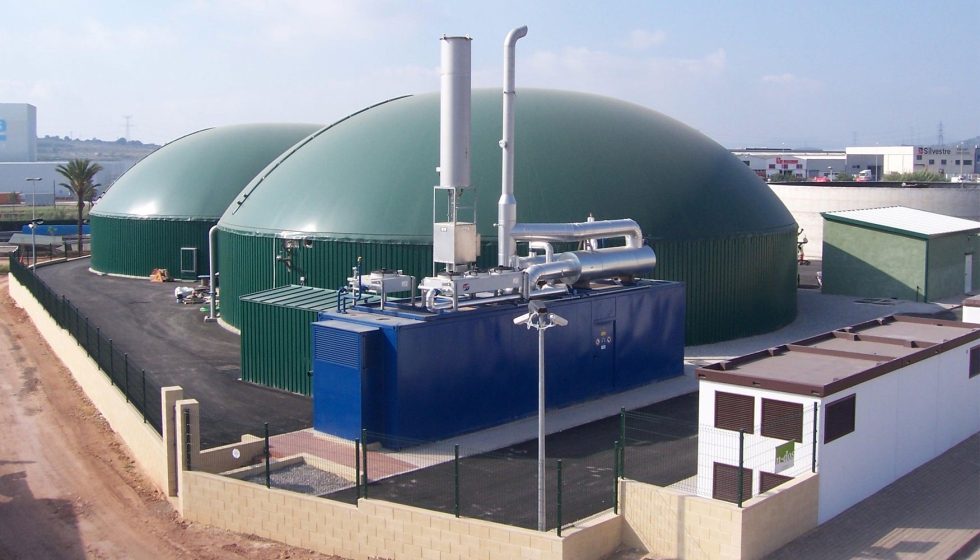Luis Puchades and Juliana Herrero, biogas project director and technician respectively at Biovic Consulting SL, talk about Spain's potential in the biogas and biomethane sector.
After a long time lagging behind other European countries, the biogas and biomethane sector is experiencing a boom in Spain with several projects in the study and development stage and with favorable market conditions.
Renewable gas is essential to reach Europe's decarbonization goals in 2050. Our energy model requires gas for many uses, mainly industrial, residential and/or freight transportation. The production of many goods for our daily consumption, from ceramics to beer, to fertilizers, requires industrial processes where gas is essential.
Mainly, there are two renewable gases: hydrogen and biogas. The European Commission has launched a very ambitious strategic hydrogen development plan, with more than 500 billion euros by 2050. Spain is not far behind, it plans to invest 1.500 billion euros in the next 3 years. However, it is still in the initial stage of its development, so a large deployment of biogas is expected in the short term. It is a mature technology that not only provides green energy, but also captures the emissions generated by the millions of tons of organic waste as it decomposes. The Biogas Roadmap recognizes its contribution to the circular economy, since it establishes synergies between different sectors such as urban waste management, the food industry, the agricultural sector, water purification and contributes to the demographic challenge objectives.
The number of biogas plants in the EU exceeds 19.000, while in our country we have not yet reached 300, adding them all, agricultural, food, WWTP, landfills.
If we consider biomethane plants, Europe ended 2021 with just over 1.000 plants, of which 365 are in France. It should be noted that in this country two plants are inaugurated a week. In Spain, today, we have five, although there are numerous projects in development.
The Biogas Roadmap was recently approved, which has left a bittersweet feeling in the sector: it arrives late, is unambitious and does not fully specify support measures that are up to the challenge and potential of biogas.
To give an example, it sets a minimum biogas production target of 10,41 TWh per year in 2030. It is a minimum amount, which pales in comparison to the targets of other countries, such as the Netherlands, France or Denmark.
These figures are far from Spain's real potential as a biogas producer, which the European Commission itself establishes at 120 TWh. We must not forget that our country is the largest producer of pork in Europe, and is among the largest producers of beef, poultry, and the agri-food industry in general.
In terms of biogas and biomethane projects, it is worth highlighting interesting initiatives in recent months such as the injections into the gas system of biomethane that is already produced at the Elena landfill (Barcelona), the Biogasnalia plant (Burgos), the Torre de Santamaría (Lleida) and the Bens WWTP (A Coruña), all fantastic examples of Spain's potential to produce renewable gas from slurry, agri-food waste or wastewater. Numerous projects are also announced in the short term, such as the one linked to the treatment plant and the urban waste plant of the Vallés Oriental-Besós Tordera consortium in Catalonia, which will build the first biomethane plant that has been submitted to public tender in the WWTP sector. ; the projects linked to organic fertilizer companies in Almansa and Llutxent; or the biomethane plant project in an area with so many organic waste and slurry problems such as Lorca, in Murcia.
Biogas has everything to be well received in the portfolio of these companies: it is a circular economy at its highest level, it is a renewable technology in a state of maturity and it is an indispensable tool for the decarbonization of society.
FULL ARTICLE IN INTEREMPRESAS ENERGY:
https://www.interempresas.net/Energia/Articulos/388211-Llego-el-momento-del-gas-renovable.html


